Emission Reduction2020.10.8
Fashion industry and YKK initiatives to reduce greenhouse gases
Episode 13
Increasing greenhouse gases and their impact on the world
The ice cap over the Arctic Ocean continues to shrink. Indeed, the northern polar region is warming more than twice as fast as other regions. In June 2020, a record high of 38°C was observed in Siberia, while Arctic regions in countries such as Norway and Canada experienced record high temperatures in July. The rise in average temperatures and seawater temperatures in such high-latitude regions is causing the Arctic ice cap to shrink. From 1979 to 2019, the ice cap has been shrinking at a rate of 89,000 square kilometers a year*1, roughly equivalent to the total area of Austria. This phenomenon is but one example of the adverse impact of global warming
The average temperature of the planet has already risen by 1°C compared to the pre-Industrial Revolution era.*2 As well as raising temperatures, global warming also greatly changes weather patterns around the world, and such planetary climate change has many different effects; natural disasters such as typhoons and high tides become more common, sea and land ecosystems change, and agricultural yields fall.
The major cause of global warming is the increase of so-called greenhouse gases, with carbon dioxide being the main component. Since the Industrial Revolution, the burning of fossil fuels such as oil and coal to extract energy has caused the concentration of carbon dioxide (CO2) in the atmosphere to rise. This creates a greenhouse effect around the entire planet, causing temperatures to rise.
The international community has been engaging in discussions and initiatives aimed at an effective reduction of greenhouse gas emissions. Measures are being promoted not just at the governmental level, but by the private sector, too, working in cooperation with public organizations.
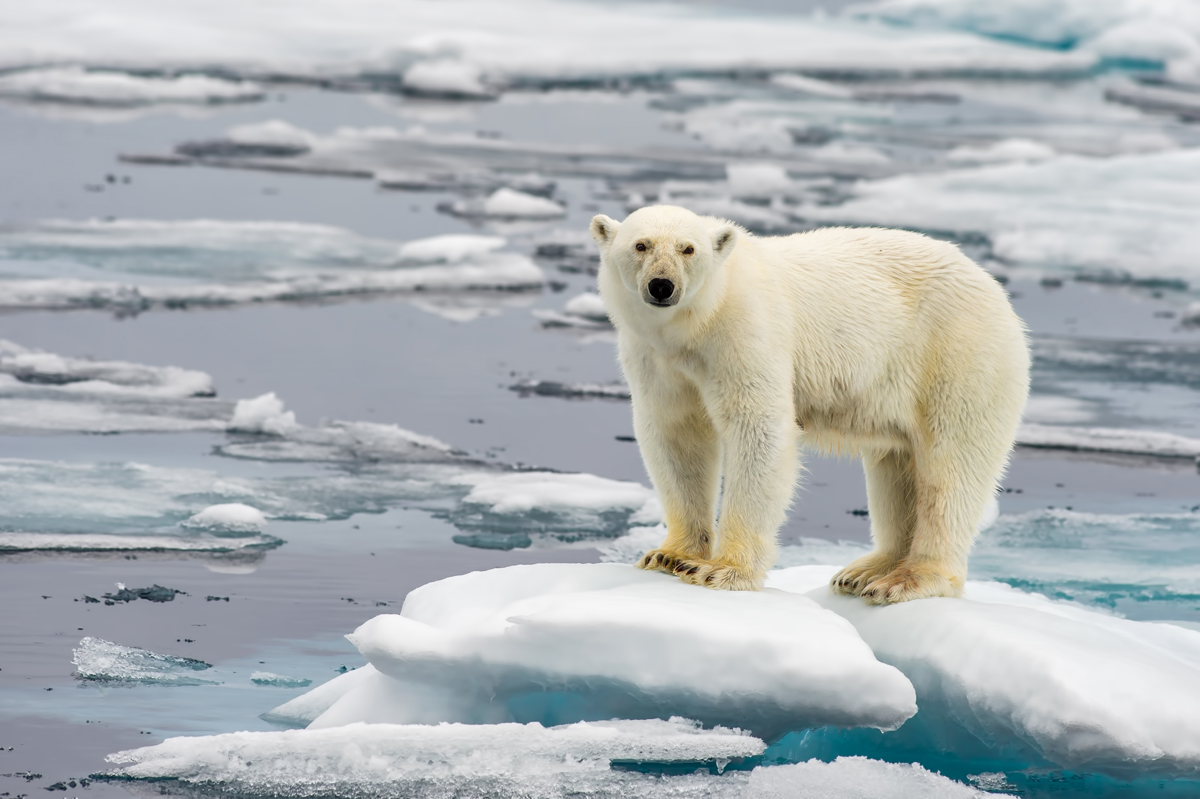
Reducing net carbon dioxide emissions to zero before 2050
The Paris Agreement was adopted in December 2015 as a new international framework for the reduction of greenhouse gas emissions in 2020 and beyond. It was agreed that a long-term, world-wide goal would be to keep the global average temperature increase well below 2°C compared to the pre-industrial era, and to pursue efforts to keep the rise below 1.5°C.*3
From 2°C to 1.5°C-a difference of only 0.5°C. However, "Global Warming of 1.5°C," a special report issued by the Intergovernmental Panel on Climate Change (IPCC), warned that even a tiny 0.5°C difference could cause additional rises in seas levels, droughts, and flooding. According to the report, by holding global warming to a 1.5°C rise, in 2050 between 62 and 457 million fewer people will be projected to suffer significantly adverse effects from climate change, compared to a 2°C rise.*4
To hold global warming to a 1.5°C rise, we need to reach zero net carbon dioxide emissions worldwide sometime around 2050, and dramatically reduce the release of greenhouse gases. To achieve this, various frameworks have emerged in which corporations and organizations play leading roles, rather than governments alone. Even amidst the difficult situation imposed by the coronavirus pandemic in 2020, 155 corporations around the world signed a "net-zero recovery" statement urging for the alignment of coronavirus disease (COVID-19) economy recovery with the climate change countermeasure goal of net-zero carbon dioxide emissions before 2050.*5
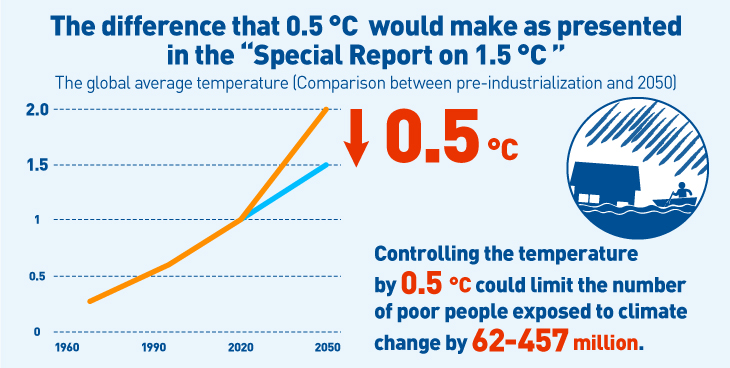
Accelerated greenhouse gases reductions across the fashion industry as a whole
The fashion industry has taken the Paris Agreement onboard and is increasing efforts to control greenhouse gas emissions.
In December 2018, the Fashion Industry Charter for Climate Action*6 was announced by the United Nations Framework Convention on Climate Change (UNFCCC) secretariat. The charter has been signed by popular fashion brands, retailers, supplier organizations, major transportation companies, and others. Under an industry vision to achieve zero net emissions by 2050, the signatories will promote measures to control greenhouse gases emissions, such as removing carbon dioxide at the production stage, choosing climate-friendly and sustainable materials, and using low-carbon dioxide transportation.
In April 2020, as the coronavirus disease (COVID-19) menace grew around the world, industry-leading fashion designers and Vogue fashion magazine editors from various countries participated in the Vogue Global Conversations*7 online seminars to discuss sustainability issues. With the world's economy grinding to a stop due to the pandemic, it was noted that the global environment situation improved in a short amount of time (in China, carbon dioxide emissions dropped by 25% in one month), and many agreed with the sentiment that "now is the time to reset our thinking and way of doing when it comes to fashion. We need to slow the rate of consumption and think about the planet."
YKK initiatives to reduce greenhouse gas emissions
From materials procurement to production processes, distribution, and the supply chain, YKK is engaging in initiatives to reduce greenhouse gas emissions in its business activities.
One example is our Anaheim plant in California, U.S.A. The solar panel system installed on the roof has been generating solar-power electricity since 2015. Over its lifetime, the system has generated 3,282 MWh of energy, offsetting 1,969 tons of carbon, enough to charge 136,748 electric cars.*8 YKK is already at work on similar initiatives at plants and offices in five countries.
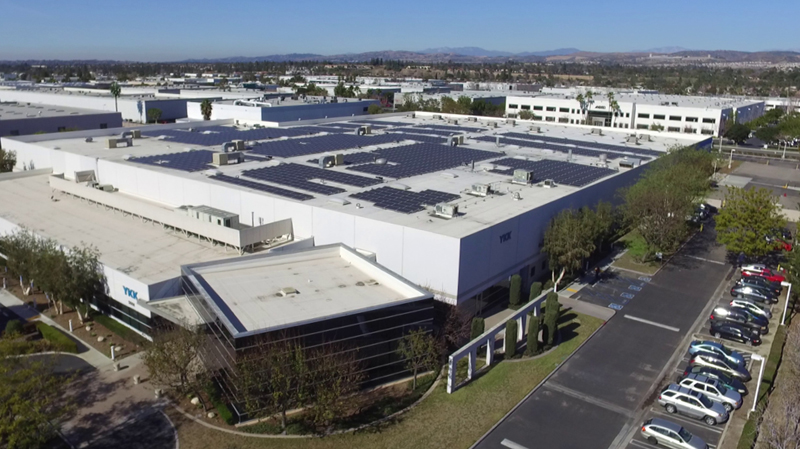
Anaheim Plant, YKK (U.S.A.) Inc.
In March 2020, YKK signed the aforementioned Fashion Industry Charter for Climate Action, and followed up by signing the "net-zero recovery" statement in May. Such actions are indicative of YKK's strong desire to cooperate across the industry to accelerate the reduction of greenhouse gas emissions. YKK has set itself a goal to limit the global temperature increase to well below 2°C and aim for a 1.5°C target, the standard for Science-based Targets (SBT), and aims to obtain certification under the SBT Initiative within two years.*9 Going forward, YKK will continue to engage in a range of global warming countermeasures and fulfil its corporate responsibility to help realize a sustainable society.
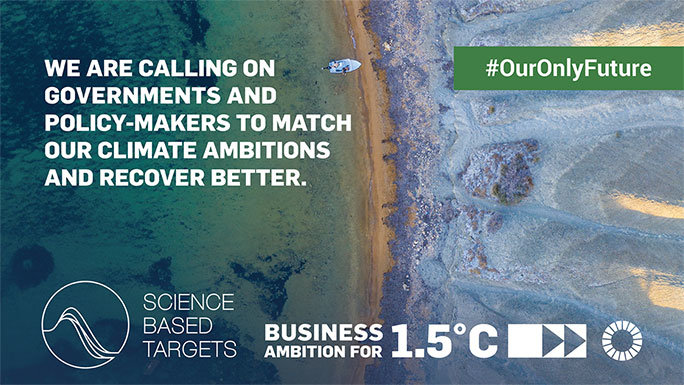
Related Episodes
-

- SUSTAINABILITY2018.09.01
- YKK produces 3 million kilometers worth of zippers every year – enough to circle the globe over 80 times.
Zippers have become essential to daily life
Today, zippers are used in a vast array of products, ...
-

- Emission Reduction2018.10.19
- It is often the small, ingenious efforts that change the world
One characteristic of the fashion industry is its complex supply chain ...
-

- Resource Conservation2018.12.27
- What is the fashion industry doing to reduce water consumption?
There has been extensive media coverage on the effect the fashion industry has on ....
-
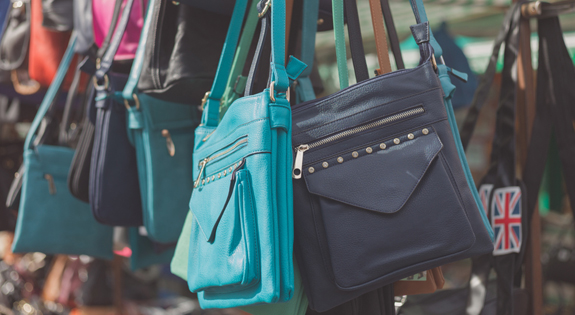
- Brand Protection2019.1.31
- YKK promoted brand protection and partnership through B.P.P. initiative
According to an OECD report, US$500 billion-worth of ....
-
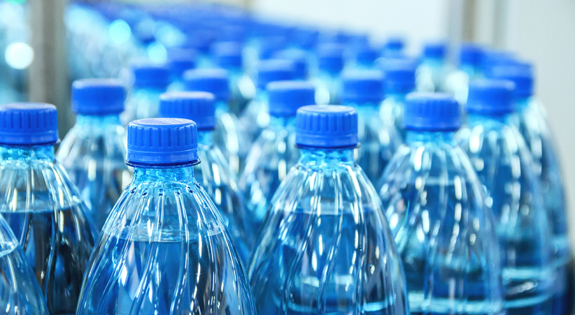
- Resource Recycling2019.3.31
- Plastic Bottles and Recycling in Fashion
Plastic bottles are convenient containers that ....
-
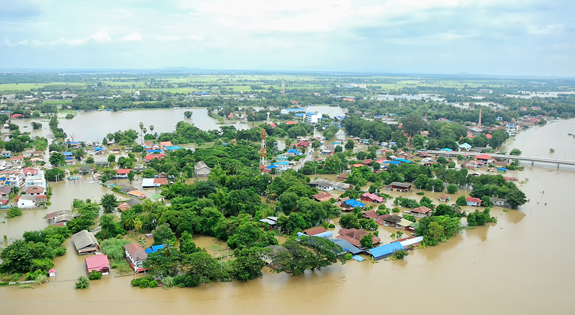
- Emission Reduction2019.5.20
- Carbon-neutral initiatives by YKK and the global fashion industry
In 2018, it seemed that we were feeling the effects ....
-
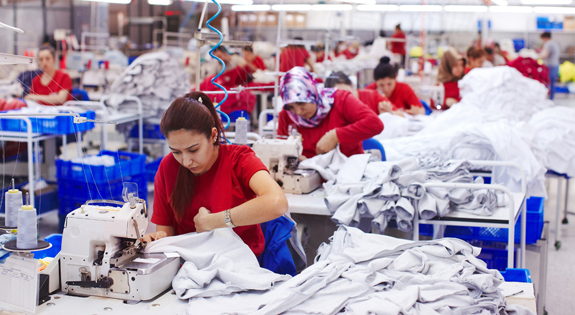
- Decent Work2019.7.31
- Gender Issues in the Fashion Industry: How YKK is Promoting Women's Empowerment
Issues Facing Women in the Fashion Industry ....
-
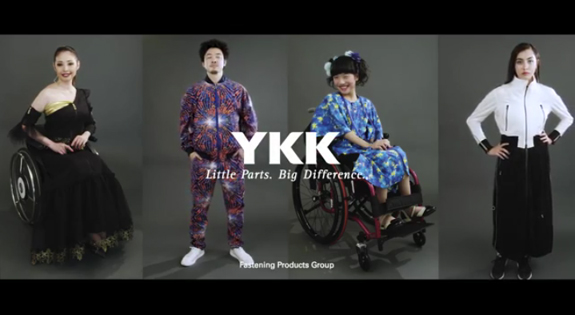
- Reduced inequality2019.11.29
- YKK's Fair Fashion and Partnership Initiative
Toward a Society that Protects the Rights and Dignity of ....
-

- Vocational Education2020.2.28
- YKK Initiatives for Students Seeking a Career in the Fashion Industry
Insufficient skills and talent to respond to changing times ....
-
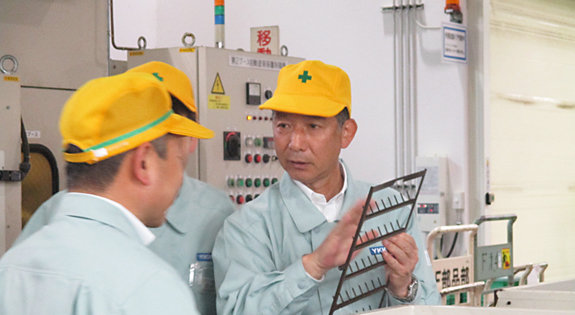
- Working Environment2020.3.13
- YKK Builds Safe and Healthy Working Environments
From achieving employee happiness to achieving a sustainable society ....
-
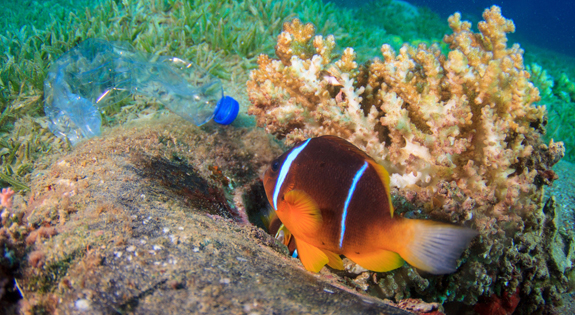
- Resource Recycling2020.4.10
- The Fashion Industry Responds to the Ocean Plastic Pollution Crisis
Ocean plastic causes environmental pollution, damages ecosystems ....
-

- Hazardous Substance Management2020.6.25
- The Problem of Hazardous Substances in the Fashion Industry and YKK Initiatives
Environmental pollution due to chemical substances ....
-

- Reduced Inequalities2021.3.26
- Diversity, Equity, and Inclusion
Growing Focus on Diversity, Equity, and Inclusion Around the World ....

Sources:
*1
https://www.data.jma.go.jp/gmd/kaiyou/english/seaice_global/series_global_e.html
*2
https://climate.nasa.gov/vital-signs/global-temperature/
*3
https://unfccc.int/process-and-meetings/the-paris-agreement/the-paris-agreement
*4
https://www.ipcc.ch/sr15/
*5
https://unglobalcompact.org/news/4535-05-18-2020
*6
https://unfccc.int/climate-action/sectoral-engagement/global-climate-action-in-fashion/about-the-fashion-industry-charter-for-climate-action
*7
https://www.vogue.com/article/how-to-watch-the-vogue-global-conversations
*8
https://connect.ykknorthamerica.com/ykk/the-ykk-u-s-a-inc-anaheim-california-facility-runs-completely-on-solar-power
https://www.solrenview.com/SolrenView/mainFr.php?siteId=3752
*9
https://sciencebasedtargets.org/about-the-science-based-targets-initiative/